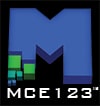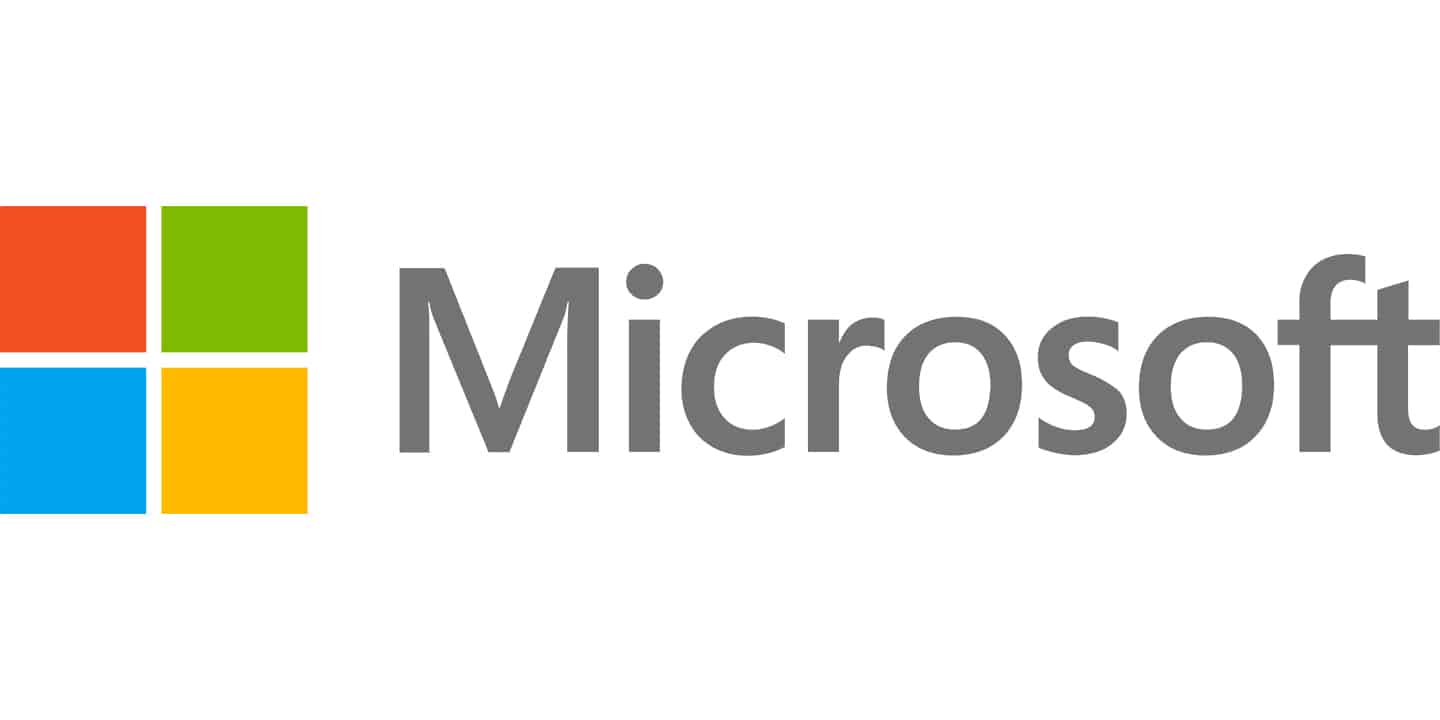This technology can capture the imagination of audio, and match it up to audio that has been listened to, previously, for an example music, in addition to convert what the ears hear into computer audio, using IDEAINT Signaling, using algorithms to convert the brain activity that is active in the frontal cortex, into the audio that is actually being realized in the brain, at the current time, in real-time. There is more than one source of audio in the brain, such as the audible processing center, which can be supplemented by the language linguistic center of the brain to explain the letters and words into thoughts that cannot normally be transmitted in audio, such as IDEAINT Speech, by converting speech patterns within the inner thoughts of the brain into audio streams in a computer system, by reading the IDEAINT Speech patterns, and converting the patterns into an audio stream using a voice signature of the person matched up with the exact words that the person is thinking about in their brain, to allow them to communicate out loud even if they are mute. Additionally, IDEAINT to Computer Audio can sample audio that was stored and retrieved in memories, such as a sound of a bird chirping, in addition to matching up the audio with the actual audio that was heard from surveillance recordings at the time, and playing back the audio stream that was being accessed by the brain, even if the memories will not load the audio within the brain, even out loud for others to hear what it sounded like, such as when the individual was meeting with family members or was at a public event, such as a political event, even by playing back the video of the event with audio from captured surveillance footage in MASINT or GSINT or similar mass-spectrometry based imagery with audio acoustics captured in real-time, at the time it was happening.
MCE123 - Technology Development
MCE123℠ Intellectual Property Rights Management
MCE123℠ invents original concepts in our Technology Development department, such as for new high-tech technologies, which can be purchased ahead of time by other organizations to develop into physical products for a fee. Some of these concepts have already been physically developed by MCE123℠ Technology Development with our partners in the government, and are classified as national security technologies, in which we allow the government to develop the technologies as part of our company, and we own the technologies, since we invented them, and they were never purchased. We may not allow these technologies to be purchased by others, however the technologies must be purchased from our company if they are ever purchased from production, as they are our technologies. There are government policies and government legislation that prevents the technologies from being purchased without MCE123℠ Technology Development being paid for its works to invent the technologies as/for the government.
You must have our authorization to work on our products or services, ahead of time, in physical writing, regarding any invention you read about on our website. Please consult with the MCE123℠ Legal Department before using any concepts from us, as we spend countless hours developing these concepts from scratch, and you must pay us to use these concepts, or even modify the concepts and use the concepts, even with significant modification. All works that derive from our works, including extrapolations or derivatives, are our property if you do not follow due process by obtaining physically written permission from us ahead of time. You must purchase all intellectual property relating to a technology concept before you begin work on any of our products or services. Failure to do so will result in Intellectual Property lawsuits and cases from our attorneys to compensate our company for intellectual and monetary damages that we have incurred due to any third party developing, using, or misusing any of our products.
This Intellectual Property is owned by MCE123℠ Technology Development. By viewing this Intellectual Property, you agree to the rights of the IP holder established under the Intellectual Property Rights Management agreement. To use the Intellectual Property, you must first obtain an Intellectual Property license, and you must pay royalties for each product that is produced using the Intellectual Property license.
MCE123℠ Technology Usage Policy Disclaimer
MCE123℠ does not support experiments using animals or human beings, at all, and all trials pertaining to or using animals or human beings using technologies invented by MCE123℠ must be agreed to in a physically pre-written contract agreed to between MCE123℠, its attorneys, and each individual, a separately pre-written contract for each technology, a separately pre-written contract for each individual, with the terms of which can be modified in various ways to ensure the security of our staff and the public, and additionally of which each individual contract can be cancelled or audited at any time and at all times by any individual or legal staff in the public. Any usage of our technologies must also be paid for to MCE123℠, or there was no agreement and thus no contract to provide any products or services, not even for scientific experimentation and educational uses. Any unauthorized usage or utilization of our technologies will be filed under the misuse clause, to cease and desist all usage of our technologies by unauthorized persons or organizations.

















